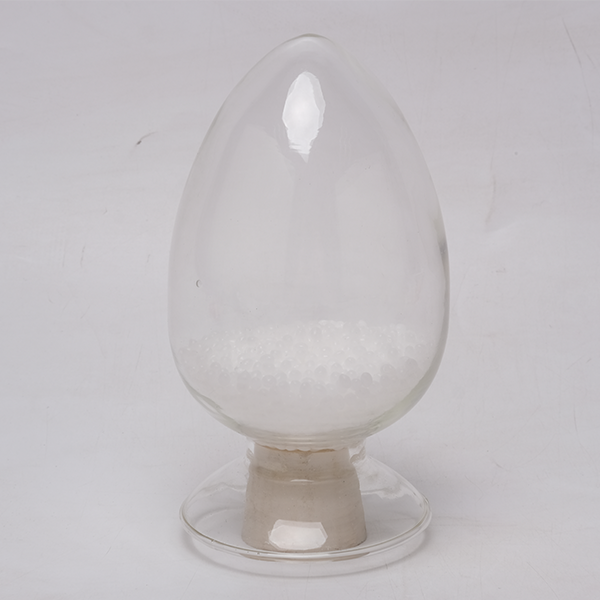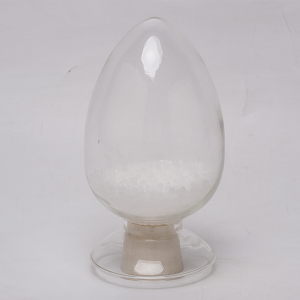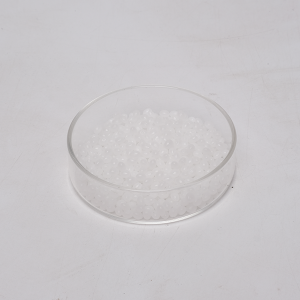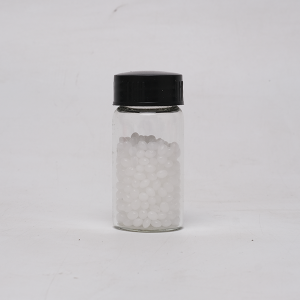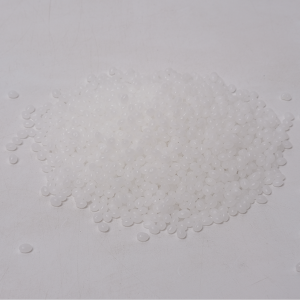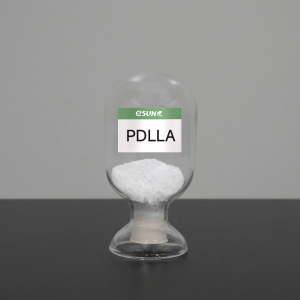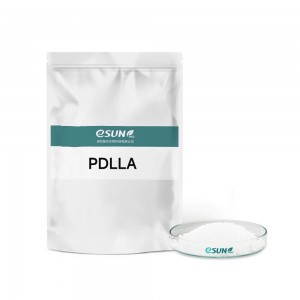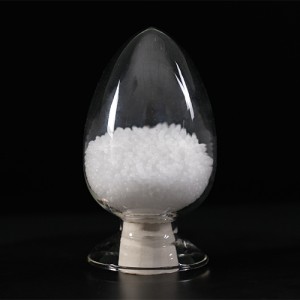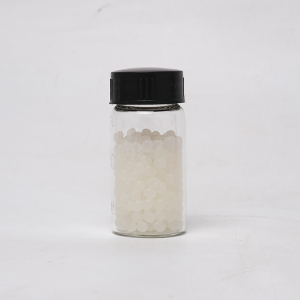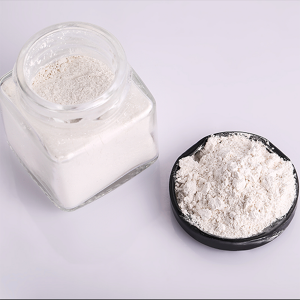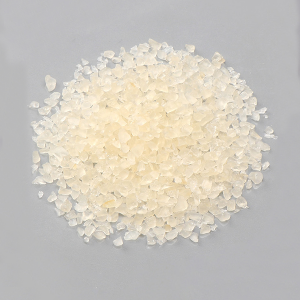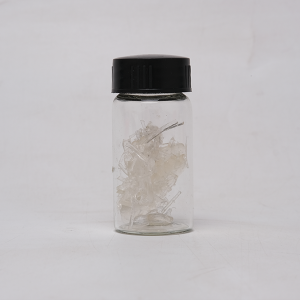PDLLA
PDLLA are biocompatible, often used as drug release carriers РђЊ encapsulating medicine in polymer matrix to form microspheres or particles. It is approved by FDA as excipients and internal fixation devices for injectable microcapsules, microspheres and implants such as corrosion inhibitors; porous foam scaffolds for tissue engineering cell culture; bone fixation or tissue repair materials for tissue engineering; surgical sutures; implant sheets and clamps; artificial skin, artificial blood vessels; ophthalmic implant materials for retina; Implant sheets and clamps; artificial skin, artificial blood vessels; ophthalmic implant material retina, etc.
Product Index:
| Item | Unit | Standard┬аValues | Reference Standard | Method | Result |
| Appearance | / | White to┬аoff white┬аgranules | / | Visual Inspection | conforms |
| Intrinsic Viscosity [╬и] | dL/g | / | YY/T┬а0661-2017 | Refer to ASTM D 2857 30РёЃ in Chloroform |
0.73 |
| Moisture | % | РЅц0.5 | YY/T 0661-2017 | KFT | 0.08 |
| Monomer residue№╝ѕ DL-LA№╝Ѕ |
% | РЅц2 | YY/T 0661-2017 | GC | 1.02 |
| Solvent residue | ppm | <1000 | YY/T 0661-2017 | GC | conforms |
| Heavy metal residue (Pb) |
╬╝g/g | РЅц10 | YY/T 0661-2017 | 0841 Heavy metal detection method in Chinese Pharmaco poeia |
conforms |
| Sn Residue | ╬╝g/g | РЅц150 | YY/T 0661-2017 | ICP | conforms |
| Specific Rotation | ┬░ | -1 ~ 1 | YY/T 0661-2017 | Chinese Pharmacopoeia Optical Rotation Detection Method, in dichloromethane at 20 ┬░C |
0.41 |
┬а*Produced in GMP workshop, each batch will provide the corresponding COA report.
| Model┬аNo. | Intrinsic┬аViscosity┬а[╬и]┬а(dL/g) | Test Conditions |
| PDLLA02 | 0.16-0.24 | TCM№╝ї25РёЃ |
| PDLLA04 | 0.32-0.48 | TCM№╝ї25РёЃ |
| PDLLA10 | 0.60-0.72 | TCM№╝ї25РёЃ |


